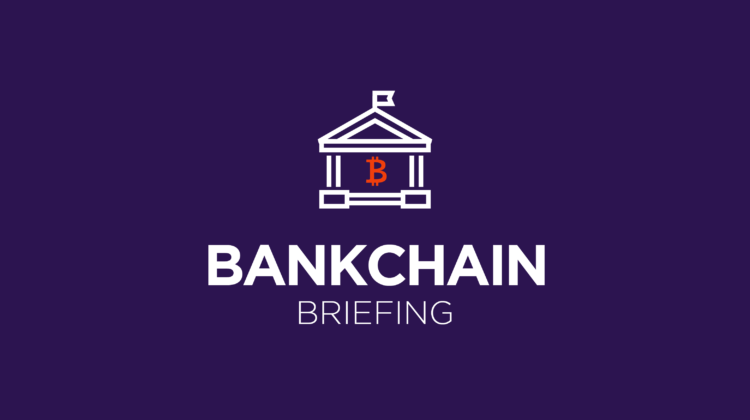Blockchain and Crypto, Member Exclusive
Bankchain Briefing: How is crypto adoption impacting incumbents?
- This week, we explore how growing crypto adoption is impacting traditional financial institutions, and how some of them choose to react.
- We also look at the opportunities for financial services in Decentraland.








